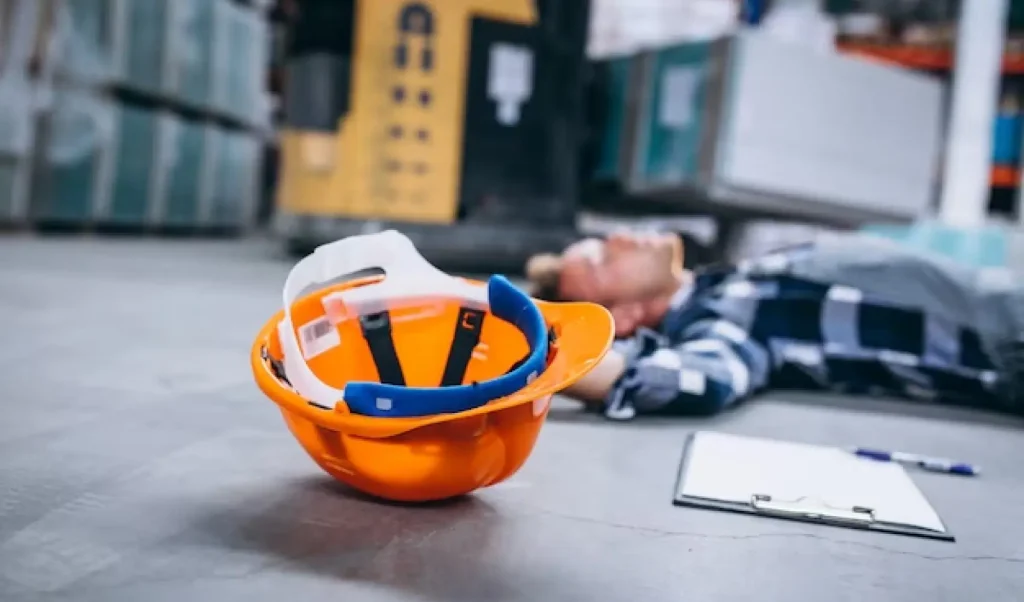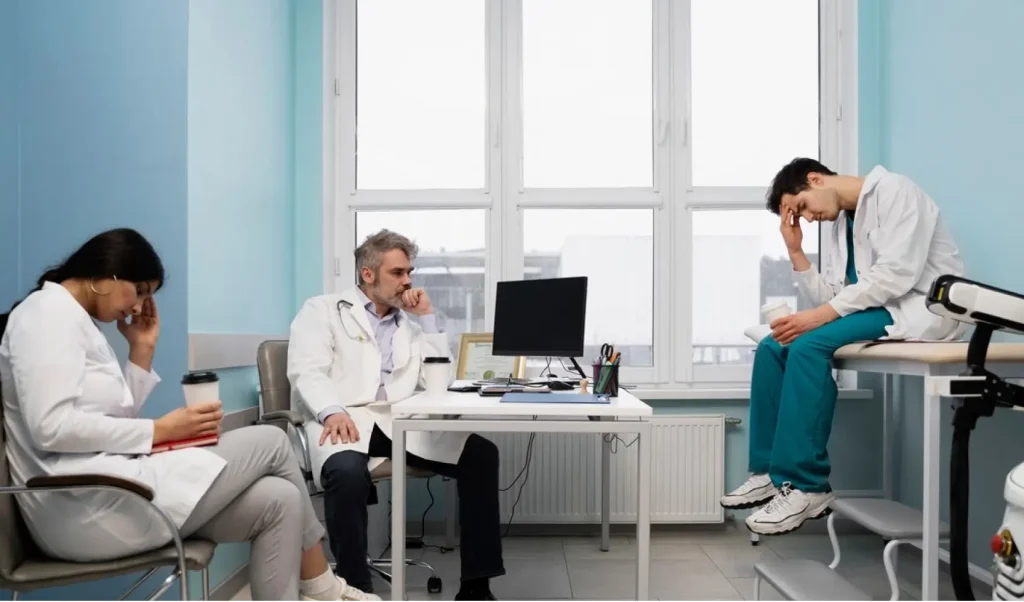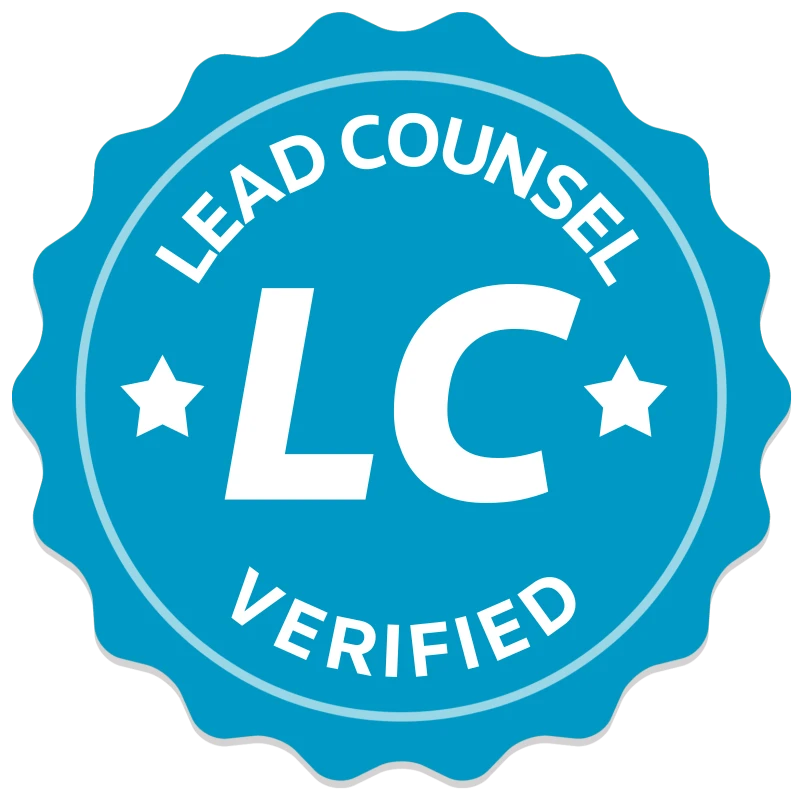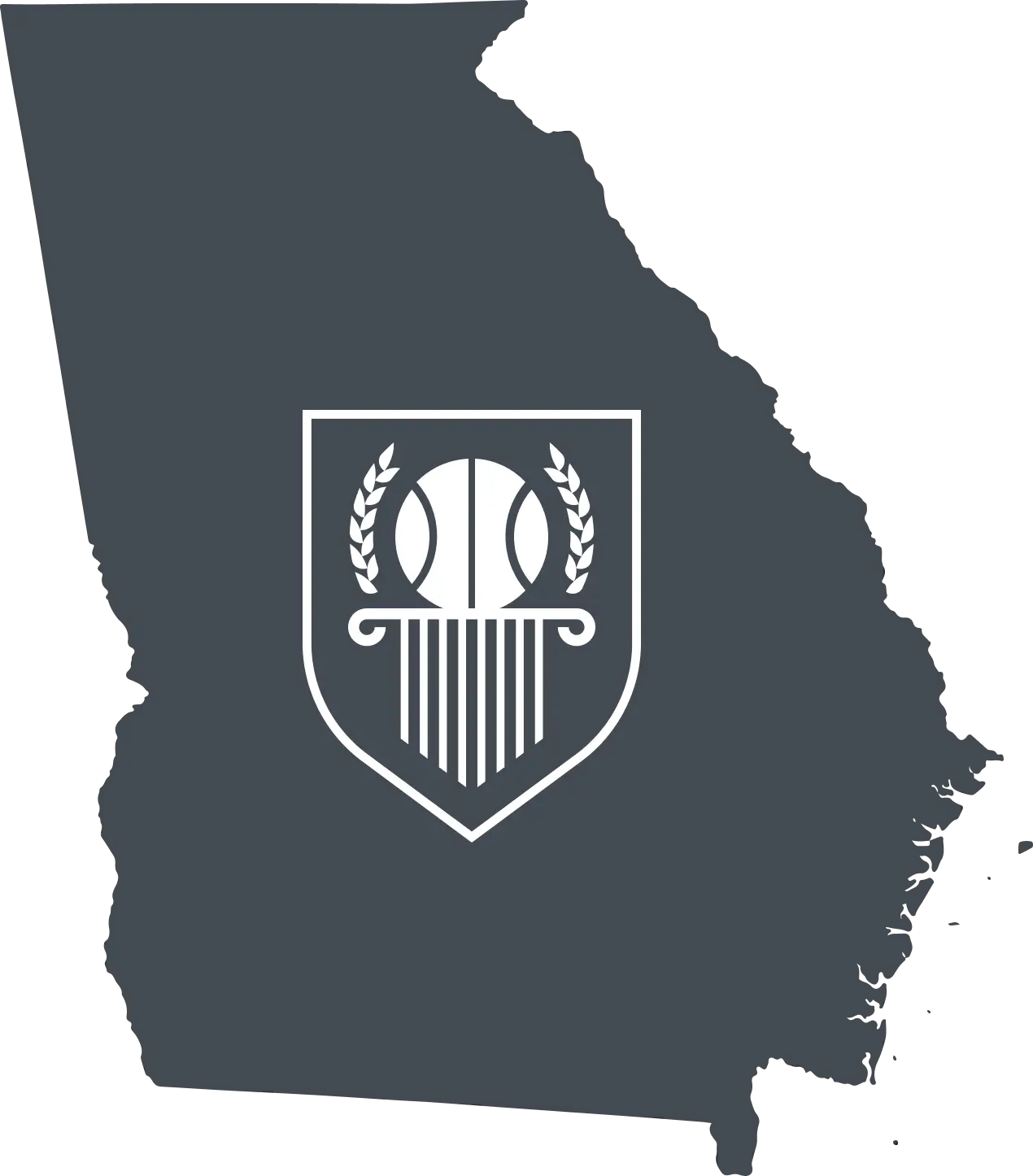
Understanding the Basics of Medical Malpractice and Personal Injury
When it comes to legal matters involving harm or injury, it’s crucial to differentiate between personal injury and medical malpractice cases. These two categories encompass a wide range of incidents where individuals suffer physical or emotional harm due to the actions or negligence of others.
In this article, we’ll provide an in-depth analysis of personal injury and medical malpractice, shedding light on the essential elements, legal processes, compensation, and more that distinguish one from the other. By the end, you’ll have a clear understanding of these legal realms and how they impact individuals seeking justice.
For a free legal consultation, call 404-951-3513
Difference Between Medical Malpractice Law and Personal Injury Law
What Constitutes a Personal Injury Claim
Personal injury cases revolve around situations where an individual sustains harm or injury due to the negligence or intentional actions of another party. These cases can encompass a wide range of incidents, from slip-and-fall accidents to car collisions and more.
Click to contact our personal injury lawyers today
Types of Personal Injury Cases
Examples of personal injury cases include:
- Motor Vehicle Accidents
- Premises Liability
- Product Liability
- Workplace Injuries
- Medical Malpractice (Yes, it can overlap!)
Complete a Free Case Evaluation form now
Medical Malpractice: A Detailed Insight
Medical malpractice, on the other hand, is a subset of personal injury law that specifically deals with cases where medical professionals fail to provide the standard of medical treatment and care expected in their field. This negligence can result in a medical mistake causing patient harm or injury.
Types of Medical Malpractice
Some common examples of medical malpractice include:
- Surgical Errors
Surgical errors encompass a wide range of mistakes that can occur during surgical procedures. These errors can include operating on the wrong body part, leaving surgical instruments inside the patient, and performing the wrong surgery altogether. Such errors can result in severe complications and harm to the patient. - Misdiagnosis or Delayed Diagnosis
One of the most common forms of medical malpractice is misdiagnosis or delayed diagnosis. This occurs when a medical expert fails to accurately diagnose a medical condition or takes an excessive amount of time to do so. The consequences can be devastating, as patients may not receive the timely treatment they need. - Medication Errors
Medication errors can happen at various stages, from prescription to administration. These errors may involve prescribing the wrong medication, providing an incorrect dosage, or administering the medication improperly. Medication errors can lead to adverse reactions, complications, and sometimes even fatal outcomes. - Birth Injuries
Medical malpractice cases often involve birth injuries, which occur during pregnancy, labor, or delivery. These injuries can affect both the newborn and the mother. Common birth injuries include cerebral palsy, brachial plexus injuries, and fractures. They can result from mistakes made by healthcare providers during the childbirth process.

- Anesthesia Errors
Anesthesia errors can have serious consequences for patients undergoing surgical procedures. These errors may involve administering too much or too little anesthesia, failing to monitor the patient’s vital signs adequately during anesthesia, or not considering the patient’s medical history and allergies. Anesthesia errors can lead to complications, including brain damage or even death.
Legal Elements
Burden of Proof
In both personal injury suits and medical malpractice cases, the burden of proof lies with the plaintiff. However, the level of proof required may differ. In personal injury cases, the plaintiff typically needs to prove that the defendant’s negligence caused their injuries. In medical malpractice cases, a higher standard of proof may be required, often involving expert testimony to establish that the healthcare provider’s actions or lack thereof fell below the standard of care.
Statute of Limitations
The statute of limitations, or the time limit within which a lawsuit must be filed, varies between personal injury and medical malpractice cases. Personal injury cases usually have shorter deadlines, while medical malpractice cases may have more extended time frames due to the complexity of healthcare-related issues. It’s essential to consult with an attorney to understand the specific deadlines that apply to your case.
Parties Involved
Plaintiffs and Defendants
In both personal injury and medical malpractice cases, there are typically two main parties involved: the plaintiff and the defendant. The plaintiff is the injured party or their legal representative, while the defendant is the party accused of causing the harm or negligence. In personal injury cases, defendants can range from individuals to businesses or entities. In medical malpractice cases, the defendant is often a healthcare provider or medical institution.
Legal Representation: Law Firms and Personal Injury Lawyers / Medical Malpractice Attorneys
Legal representation is crucial in both personal injury and medical malpractice cases. Plaintiffs in these cases often seek the expertise of experienced attorneys who specialize in these areas of law.
These attorneys play a vital role in the case evaluation, building a strong case, gathering evidence, and advocating for the plaintiff’s rights. In medical malpractice cases, medical malpractice lawyers with a deep understanding of medical practices and standards are particularly valuable.
Compensation

Damages in Personal Injury Cases
In personal injury cases, injury victims seek compensation for the damages they have suffered due to the defendant’s negligence. Damages can be both economic and non-economic and may include medical expenses, lost wages, property damage, pain and suffering, and emotional distress. The goal is to provide financial relief to the injured party to help them recover from their losses.
Compensation in Medical Malpractice Cases
In medical malpractice cases, compensation also includes economic and non-economic damages. However, due to the often severe nature of medical malpractice injuries, the potential damages can be substantial. Plaintiffs may seek compensation for medical bills, future medical care, lost income, permanent disability, and emotional distress caused by the malpractice.
Establishing Fault in Personal Injury
In personal injury cases, establishing fault or negligence on the part of the defendant is crucial. Plaintiffs must demonstrate that the defendant’s actions or negligence directly caused their injuries. This may involve providing evidence of the defendant’s breach of duty, such as in a car accident case, where it could be shown that the defendant was driving recklessly.
Proving Medical Negligence in Medical Malpractice
Proving negligence in medical malpractice cases is often more complex. Plaintiffs must show that the healthcare provider deviated from the standard of care expected in their field. This typically requires expert testimony to establish that the defendant’s actions or decisions fell below the accepted medical standards, leading to the patient’s harm.
Personal Injury Lawsuit Timeline
In personal injury cases, the legal process typically involves the following steps:
- Initial Consultation: The injured party consults with a law firm or personal injury lawyer to assess the case’s viability.
- Investigation: The personal injury attorney can help in gathering evidence, interview witnesses, and assess the extent of damages.
- Filing a Complaint: If the case is viable, a formal lawsuit is filed against the defendant.
- Discovery: Both parties exchange information and evidence relevant to the case.
- Negotiation: Parties may engage in settlement discussions to resolve the case without going to trial.
- Trial: If a settlement cannot be reached, the case proceeds to trial, where a judge or jury decides the outcome.
- Appeals (if necessary): Either party may appeal the verdict if they believe legal errors occurred during the trial.

The Steps in a Medical Malpractice Claim
Medical malpractice cases follow a similar legal process but often involve additional complexities:
- Review of Medical Records: The attorney reviews the plaintiff’s medical records to assess the case’s merit.
- Expert Witnesses: Expert witnesses, often healthcare professionals, are crucial in establishing the standard of care and any deviations.
- Notice of Intent: In some states, plaintiffs must provide notice to the defendant before filing a lawsuit.
- Filing the Lawsuit: Once the case is prepared, a formal lawsuit is filed against the healthcare provider or institution.
- Discovery: Both parties exchange medical records, expert opinions, and other relevant documents.
- Settlement Negotiations: Parties may negotiate a settlement before trial.
- Trial: If a settlement is not reached, the case proceeds to trial, where experts provide testimony on the standard of care and negligence.
- Appeals (if necessary): Similar to personal injury cases, either party may appeal the verdict if they believe errors occurred during the trial.
Settlement vs. Trial in Medical Malpractice Lawsuit and Personal Injury Cases
In both personal injury and medical malpractice lawsuits, parties often explore settlement options. Settlements can provide a quicker resolution and avoid the uncertainties of a trial. However, the decision to settle or go to trial ultimately depends on the specific circumstances of the case and the parties involved.
Impact on Insurance
The impact on insurance differs between medical malpractice and personal injury cases. In personal injury cases, liability insurance of the at-fault party typically covers damages. In medical malpractice cases, healthcare providers are often required to carry malpractice insurance to cover potential claims. These insurance policies help ensure that injured parties can receive compensation for their damages.
Prevention and Awareness for Personal Injury Victims
Both personal injury and medical malpractice cases underscore the importance of prevention and awareness. Individuals should take precautions to prevent accidents and injuries. In healthcare, providers must adhere to rigorous standards to minimize the risk of malpractice.
Choosing the Right Personal Injury Attorney and Medical Malpractice Attorney
Choosing the right personal injury attorney and the right medical malpractice lawyer is essential in both personal injury and medical malpractice cases. Attorneys with expertise in these areas can provide guidance, build strong cases, and advocate for the best interests of their clients.

Conclusion
Summing Up the Differences
In summary, personal injury and medical malpractice are two distinct areas of law that deal with cases involving harm or injury to individuals. While they share similarities in terms of legal processes and the pursuit of compensation, it is vital to understand the difference between personal injury and medical malpractice. significantly in several key aspects.
- Personal injury cases encompass a wide range of incidents beyond medical matters, including accidents, physical injuries, premises liability, and more, whereas medical malpractice specifically involves healthcare negligence.
- The burden of proof in medical malpractice cases often requires expert testimony to establish deviations from the standard of medical care and treatment, making the legal process more complex.
- Compensation in medical malpractice cases can be substantial due to the severity of medical injuries and long-term consequences.
- Liability in personal injury cases typically focuses on proving fault or negligence, while in medical malpractice, the emphasis is on establishing deviations from medical standards.
- The legal process for medical malpractice cases may involve additional steps, such as the review of medical records and expert witnesses.
- Settlement negotiations and the impact on insurance differ between the two areas of law.
- Prevention and awareness play crucial roles in avoiding personal injury incidents and medical malpractice.
- Choosing the right attorney with expertise in either personal injury or medical malpractice is essential for a successful outcome.
Understanding these distinctions is vital for individuals seeking justice and legal representation in cases involving personal injury accidents or medical negligence cases.
Frequently Asked Questions (FAQs)
FAQ 1: Can a personal injury case involve medical malpractice?
Yes, it’s possible for a personal injury case to overlap with medical malpractice if the injury resulted from medical negligence. In such cases, plaintiffs may pursue claims in both categories.
FAQ 2: What should I do if I believe I’m a victim of medical malpractice?
If you suspect medical malpractice, consult with an attorney experienced in medical malpractice cases. They can assess the situation, gather evidence, and guide you through the legal process.
FAQ 3: How long do I have to file a personal injury claim?
The statute of limitations for personal injury claims varies by state, so consult with an attorney to determine the specific deadline for your case.
FAQ 4: What damages can I seek in a personal injury case?
In personal injury cases, you can seek various damages, including medical expenses, lost wages, property damage, pain and suffering, and emotional distress, depending on the circumstances.
FAQ 5: Are there any exceptions to the statute of limitations in medical malpractice cases?
In some cases, exceptions to the statute of limitations may apply in medical malpractice cases, such as when the malpractice is discovered later. Consult with an attorney to understand the specifics of your situation.
Call or text 404-951-3513 or complete a Free Case Evaluation form









